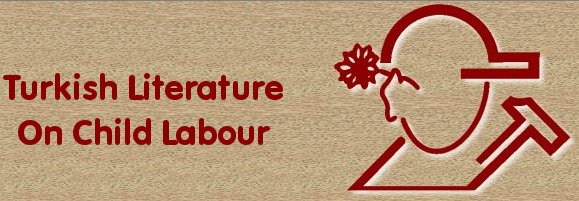Child Labour Around The World And in Turkey
Title of the Study: Child Labour Around The World And in Turkey
Type of the Study: Report Book
Author of the Study: TİSK/TÜRK-İŞ
Presentation,,
Year/Place of Publication: June 2007, Ankara.
Language of the Study: Turkish
Number of Pages: 48
Purpose: To explain child labour and present the works of TİSK and TÜRK-İŞ on child labour.
Content: The state of child labour in the world is explained in the first part. The state of child labour is presented in the second part. Projects of TÜRK-İŞ and TİSK about combatting child labour are discussed in the third chapter. Activites about social support centers for child workers are given in the fourth part.
Method: Presentations and reports are gathered.
Excerpt: The three sectors considered as one of the components of worst forms of child labour(woodworking, street children, migrant seasonal agricultural workers) are included in this project. (p.36)
Some keywords: working children, TİSK, TÜRK-İŞ, ILO, social support center
